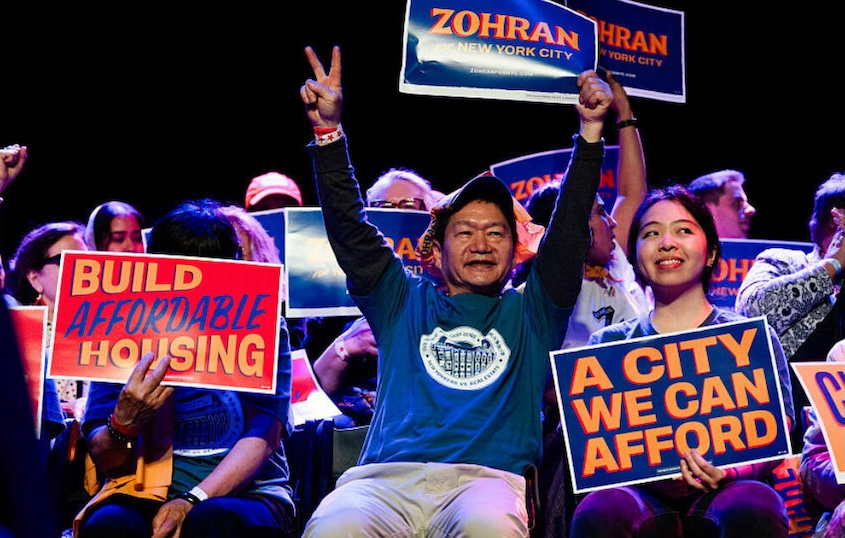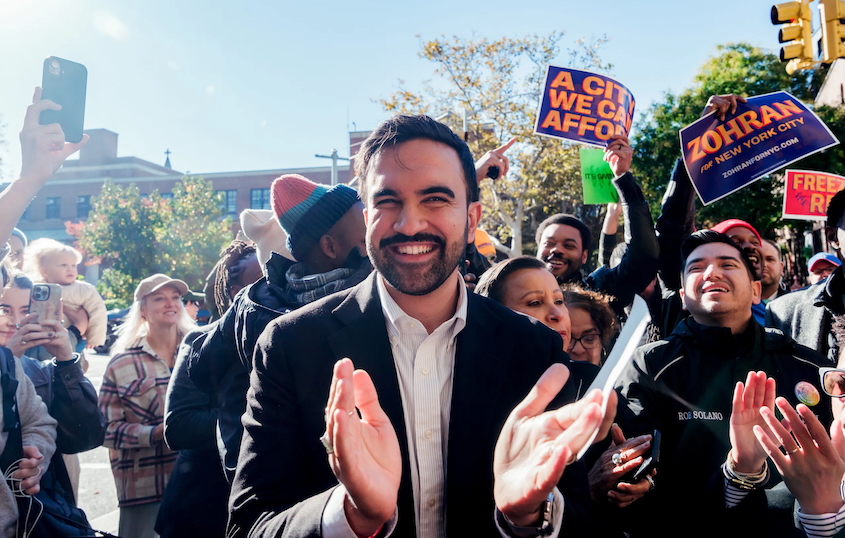Content
Recent Posts
Zohran Mamdani & the Politics of Connection

When Zohran Mamdani walked from Inwood Hill Park to Battery Park one humid June evening, it wasn’t a photo opportunity. It was a statement. Along the way, halal-cart vendors handed him water, taxi drivers honked, and New Yorkers stopped him for selfies. The 15-mile walk symbolized how he built his campaign — step by step, block by block, with the people.
A Democratic state assembly member from Queens, Mamdani, built his political identity around community organizing and economic justice. His victory over former governor Andrew Cuomo and Republican candidate Curtis Sliwa made him New York City’s first Muslim mayor, and its youngest since Hugh J. Grant took office in 1889 at age 30. What drew attention wasn’t just the milestone. It was the precision and creativity of his campaign, a blueprint for how authenticity, empathy, and language can build public trust.
Content
Affordability as a Common Thread

From the start, Mamdani built his campaign around one message: life in New York is too expensive. Rent, groceries, and transit are costs that touch everyone, no matter the borough.
He captured that frustration with humor in a viral video about “halalflation,” showing how rising costs and city permits pushed up the price of a halal plate. After taking a bite of chicken and rice, he joked, “Tastes like ten bucks, but it should be eight.” The line became a light-hearted symbol of a serious issue: the city’s growing cost of living.
By tying economic frustration to something as familiar as a halal plate, Mamdani turned policy into a story. His proposals — rent freezes, city-run grocery stores, and fare-free buses — grew naturally from that same idea: connecting policy to everyday life.
Speaking to Every Community
New York is multilingual, and so was his campaign. Mamdani released videos and flyers in Arabic, Urdu, Hindi, Bengali, and Spanish, reaching immigrant communities often ignored in city politics. In one Arabic-language video, he ate knafeh while speaking about the struggles of small-business owners and new families trying to find stability in New York. By mixing humor with cultural familiarity, he made economic issues feel personal and accessible.
Mastering the Digital Stage
Mamdani turned social media into his most powerful campaign tool. His videos transformed simple messages into sharp, relatable stories, using quick edits, close-up shots, and everyday city scenes. The Washington Post noted how his team blended meme culture with cinematic framing, creating content that felt authentic rather than staged. Viewers saw not just a candidate but someone who understood their lives and concerns.
The Power of Consistency
Everything in Mamdani’s campaign came back to one truth: life in New York has grown too expensive, and it can change. Whether he was at a community event or speaking on campus, his message never wavered — affordability affects everyone.
That consistency built trust. When he discussed rent, voters recalled hearing the same promise months earlier in their neighborhoods. When he mentioned grocery prices, they thought of the viral videos that made those struggles visible. His message didn’t just repeat; it reinforced itself, proving that what he said online matched what he said in person.
Lessons from Mamdani’s Victory

Mamdani’s rise signals a shift in how public figures connect with people. He showed that empathy, language, and storytelling can cut deeper than slogans or sound bites. His success proved that campaigns can speak to shared realities instead of divisions, and that connection can win where strategy alone cannot.
For future candidates and community leaders, his model offers a clear takeaway: focus on the real issues people face, speak their language, and meet them where they are. Mamdani’s win was less about politics than about genuine communication.
For more articles like this, visit our lifestyle news page!